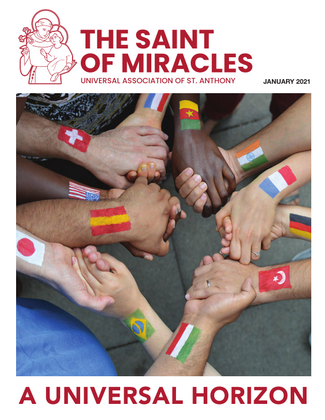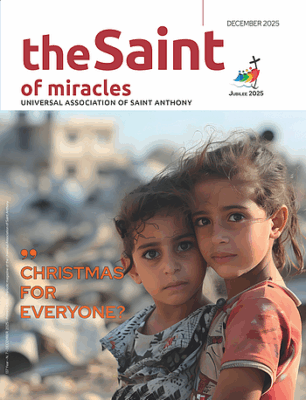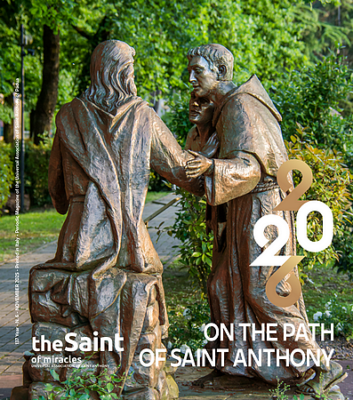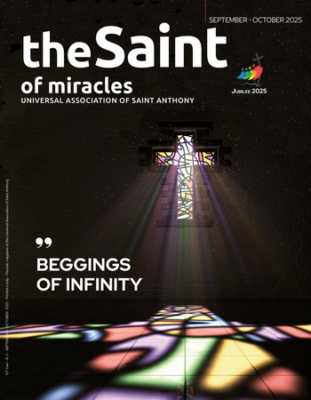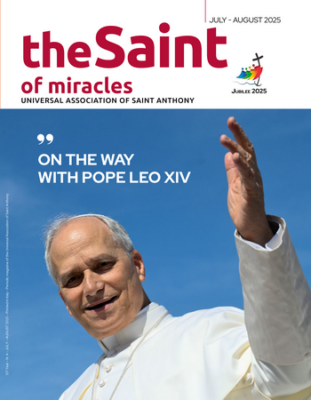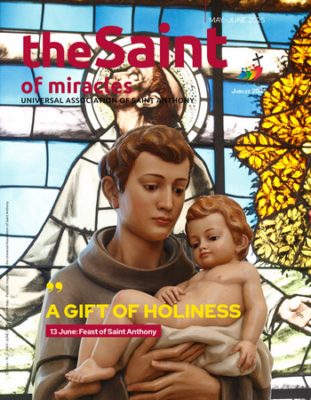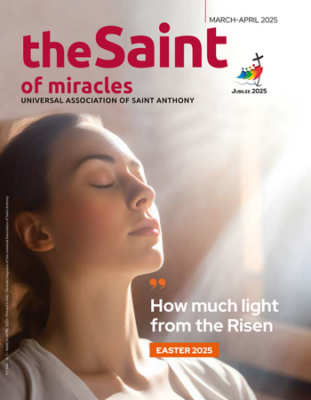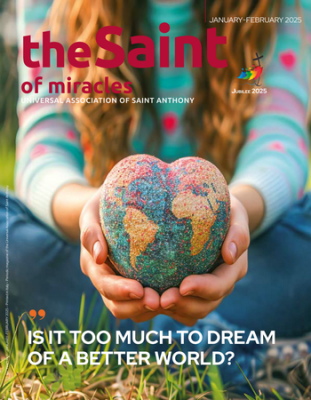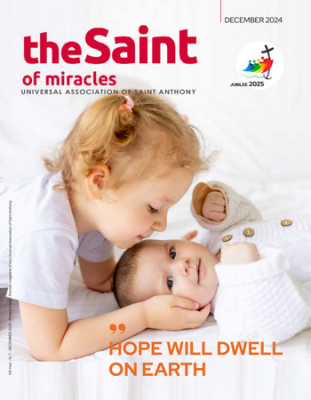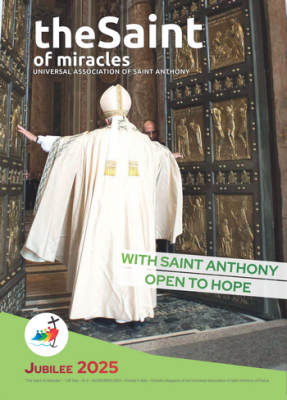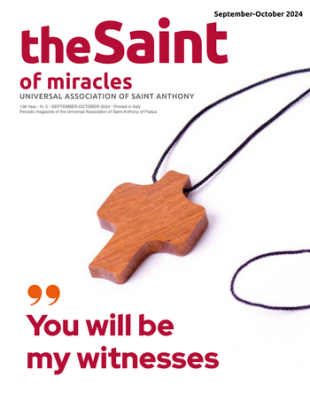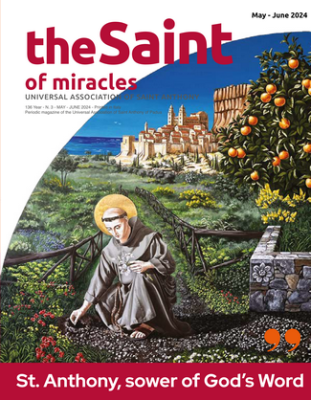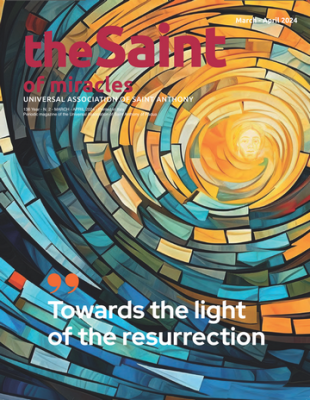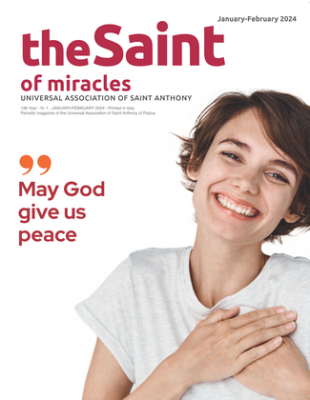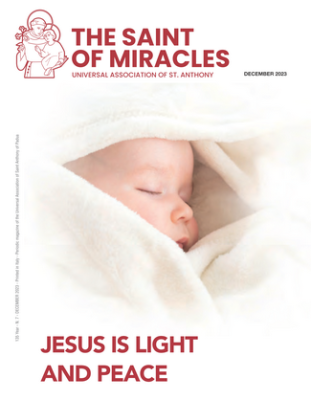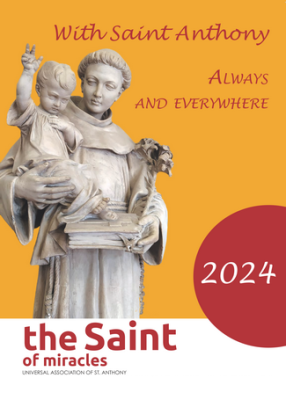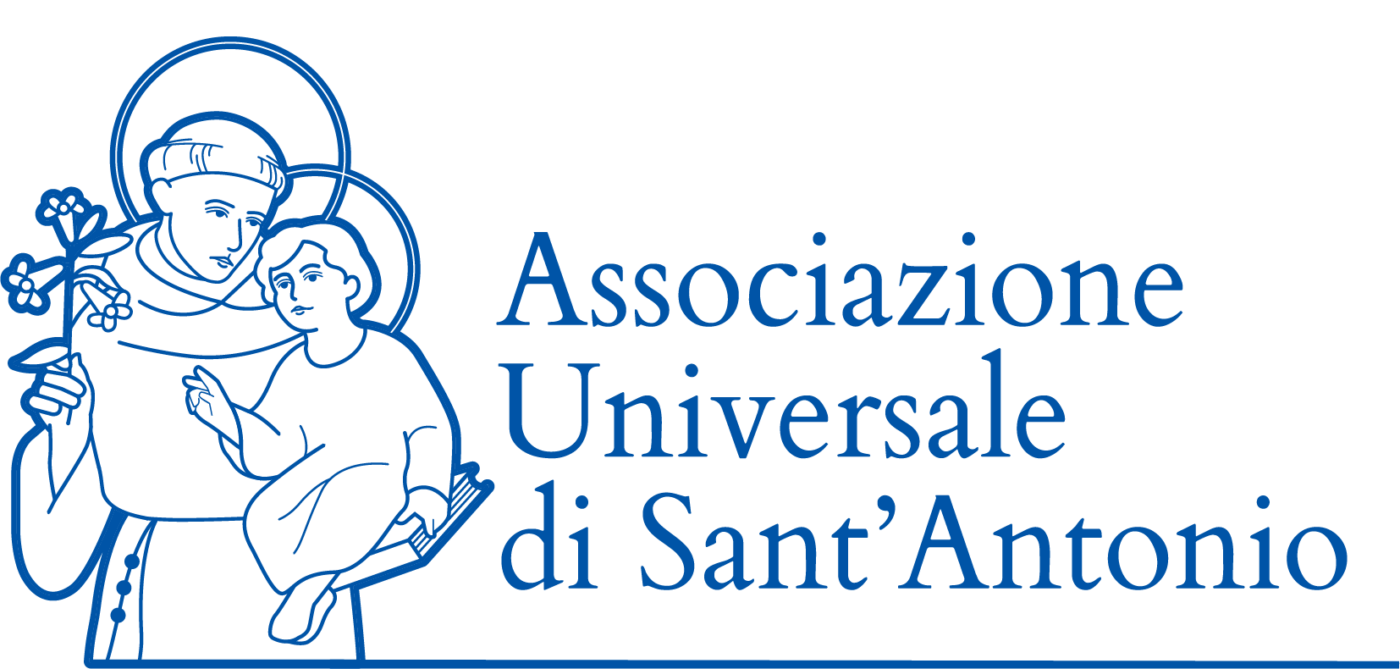Year 133 - January 2021Find out more
The gospel bears fruits of good life
Monseigneur Giampaolo Dianin, bishop

One of the main tasks of the Christian community is to introduce its children, regenerated by baptism and inserted into ecclesial communion, to the faith. If Christian initiation finds in the sacraments the fundamental stages of its journey, these don’t exhaust the commitment to continue to educate those who have been initiated into the good life of the Gospel.
Marriage is a central moment in the lives of two young people who choose to live their lives in a life project for two, open to the generation of children. If these young people are Christians, the community is called to ensure that the Gospel and the Christian life begun at baptism are present in that life project.
The question we ask ourselves is how to accompany the engaged couple not only to understand the meaning of getting married in the Lord, but also to begin a Christian life in marriage. The Pope gives some general indications to the Christian communities, asking that each local Church discern the best way to put these indications into practice (AL 207). The first indication is gradualness: “a suitable formation without distancing young people from the sacrament” (AL 207).
It’s not a question of renouncing to be demanding in the proposal, but of nurturing the young people who are engaged, knowing that many of them come from a long fast and need the patience of the small steps so as not to extinguish that small flame with an impetuous wind. Those who accompany—writes the Pope in Evangelii gaudium—should know that “a small step, in the midst of great human limitations, can be more pleasing to God than a life which appears outwardly in order but moves through the day without confronting great difficulties” (EG 44).
The second indication is simplicity: “They do not need to be taught the entire Catechism or overwhelmed with too much information” (AL 207). It’s a topic dear to Pope Francis: “Pastoral ministry in a missionary style is not obsessed with the disjointed transmission of a multitude of doctrines to be insistently imposed” but proposes the contagious witness of those who have been renewed by faith (EG 35).
The third indication is the usefulness of the proposal which must take precedence over the quantity of the contents: “it is not great knowledge, but rather the ability to feel and relish things interiorly that contents and satisfies the soul’ […] Priority should be given—along with a renewed proclamation of the kerygma—to an attractive and helpful presentation of information that can help couples to live the rest of their lives together”.
Those who follow the engaged couples should not have the anxiety of completing some kind of school program, but rather of giving birth to the taste and desire to grow and continue to follow the Lord. At the centre should be the living experience that a Christian can have within the Church of the Triune God; an experience to which Jesus of Nazareth began and introduced the twelve and the totality of the nascent Church, and which can be made through the action of the Spirit over the centuries. “What shines forth is the beauty of the saving love of God made manifest in Jesus Christ who died and rose from the dead” (EG 36). The fourth indication is the style of the proposal, attractive and cordial, writes the Pope.
This path requires educators called “to accompany with mercy and patience the eventual stages of personal growth as these progressively occur” (EG 44). Mentors are those who can take off their sandals in front of the sacred land of the other. This means that we have to approach our neighbour “reflecting our closeness and our compassionate gaze which also heals, liberates and encourages growth in the Christian life” (EG 169). Francis recalls certain qualities of the mentor: prudence, the ability to understand, the art of waiting, the docility of the Spirit (EG 171).
Fundamental is listening which can “awaken a yearning for the Christian ideal: the desire to respond fully to God’s love and to bring to fruition what he has sown in our lives” (EG 171). The last indication is fruitfulness: “Marriage preparation should be a kind of ‘initiation’ to the sacrament of matrimony, providing couples with the help they need to receive the sacrament worthily and to make a solid beginning of life as a family”.
It is not so much theological completeness that is the problem, but the awareness that “so many of our brothers and sisters are living without the strength, light and consolation born of friendship with Jesus Christ, without a community of faith to support them, without meaning and a goal in life” (EG 49). The real drama is not the lack of completeness of content but the fragility of personal and ecclesial faith.
The attention must be shifted from the contents, which in any case must be understood and assimilated, to the vital consistency of the faith and its existential rootedness. This also applies to the preparation for marriage: in this case, it is not necessary for everything to be complete from the outset, but rather for there to be good guarantees that the work done will open up the possibility of bearing fruit in the new life that the engaged couples are about to begin.


 Italiano
Italiano Français
Français